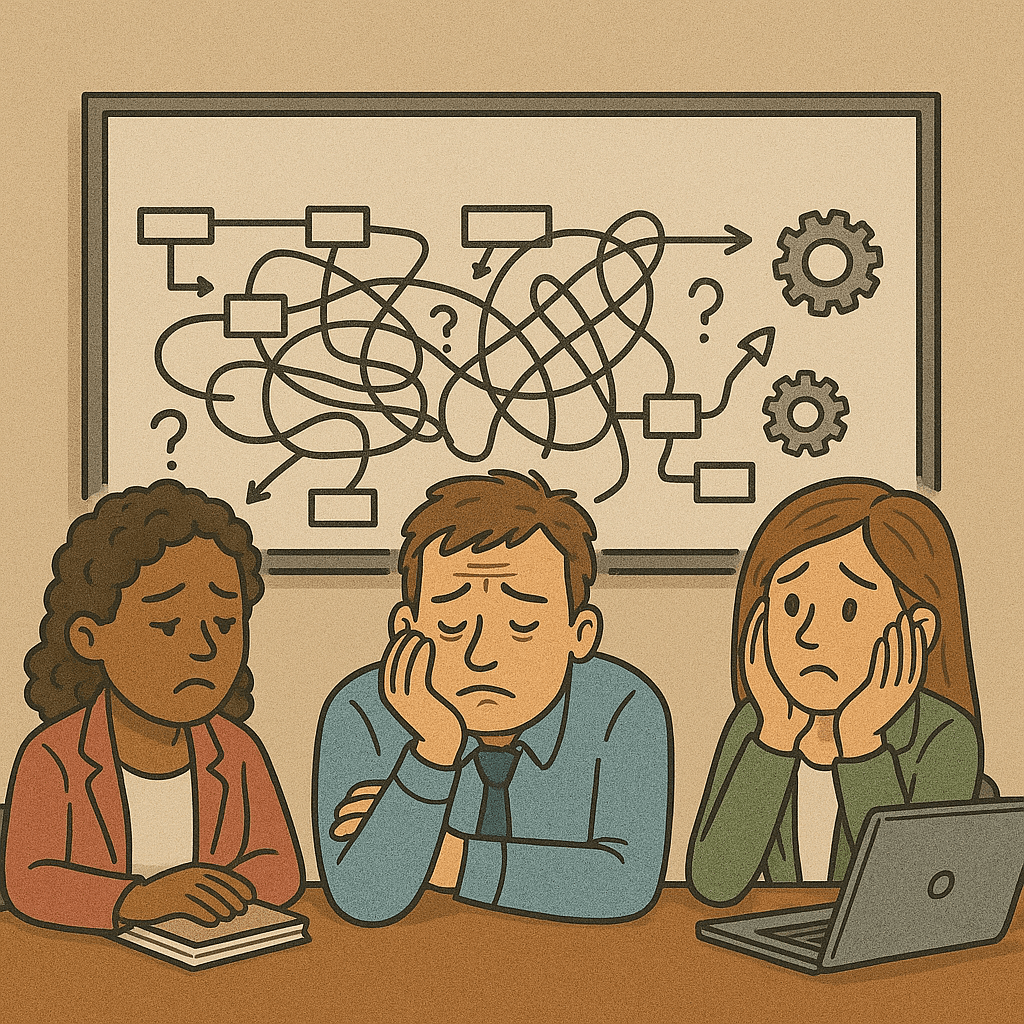The Scrum Team that I was coaching, was one time struggling to finish the items that they have taken up for a sprint. They could not meet the sprint goal. This was discussed in the retrospective, and team brought up dependencies on another Scrum Team which is causing uncertainty and delay. The two Scrum Teams involved then decided to have, Scrum of Scrum, where the Scrum Masters would meet and oversee the progress of the work items that are dependent. This way they believed that undue waiting without having any progress visibility can be addressed. The Scrum of Scrum was followed, the progress reviewed, and my Scrum Team got the work complete by the other as agreed. Everything seem to be working fine. This time again I found my Scrum Team failed to meet the sprint goal. This time the retrospective found a mismatch in the interface designs developed by the first team causing a problem.
What do you think the Scrum Teams should now try or experiment to resolve the dependencies between them?
Suggested Solution:
Scrum of Scrums rarely supports collaboration. In most cases Scrum of Scrums work as “by date” – project management reviews.
Encourage the cross-functional team members from both the teams, for instance those who have their primary skill in interface design, in this case, to collaborate with each other on the work item that is common between them. I encouraged the team member having design as his primary skill to participate in the other team’s sprint planning, design workshop, daily scrum etc., to understand their ways of design, contribute, share how our team expect their components to work in a specific way, and why. Even sharing ‘tests’ for the interfaces to pass. Follow the “Go See” principle of Lean. Dependencies can never be resolved by agreeing and meeting a delivery date, but creating an environment to collaborate for a shared understanding, and importantly the “why”. Hence collaboration between two Scrum Teams means – collaborate in planning, collaborate in design, collaborate in code, and collaborate in test.






One Response
Good one that encourages effective collaboration right through involving the appropriate people from every team that needs to work with other teams.